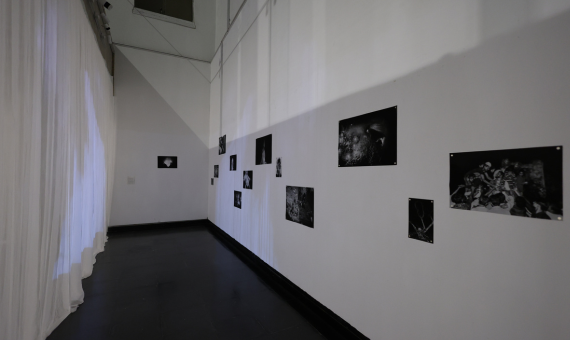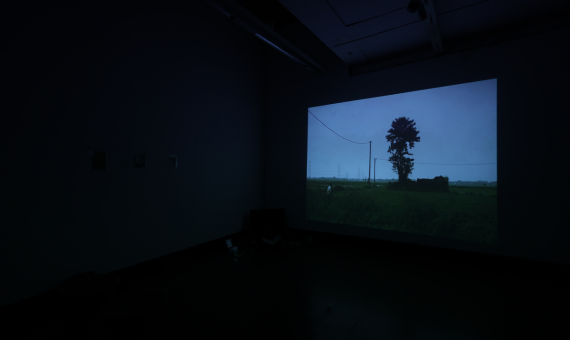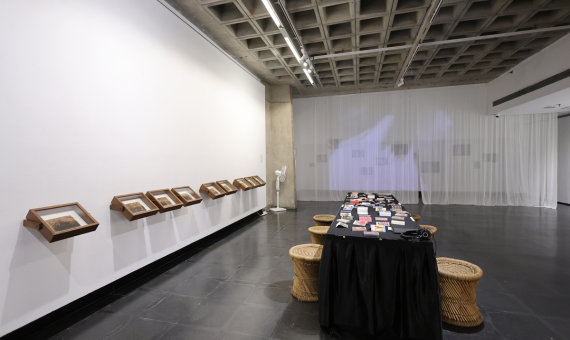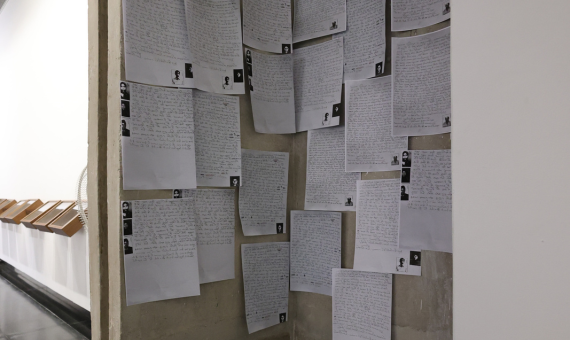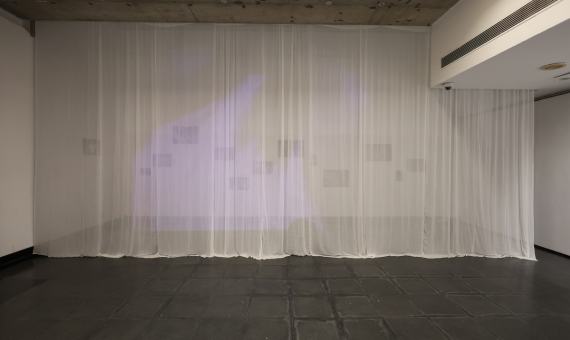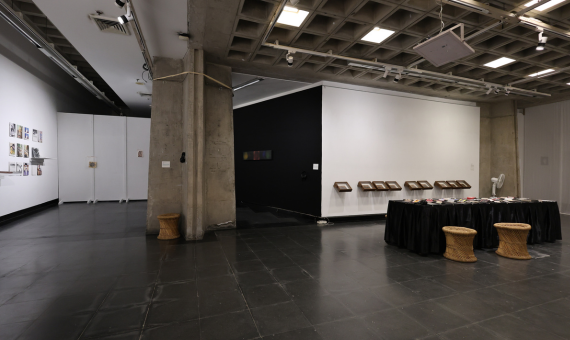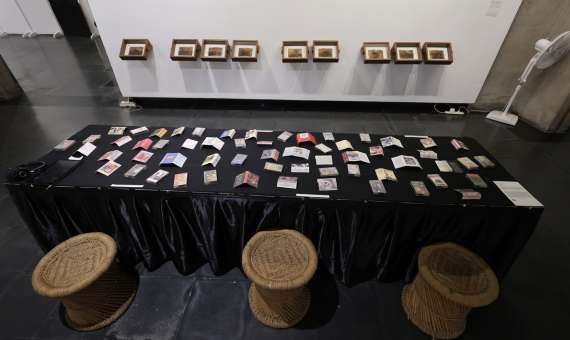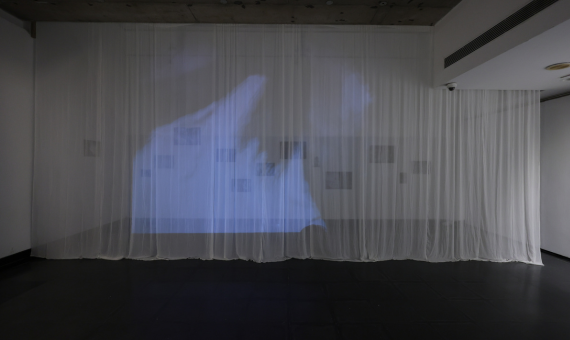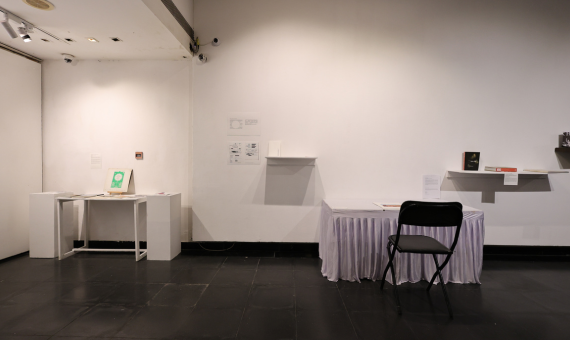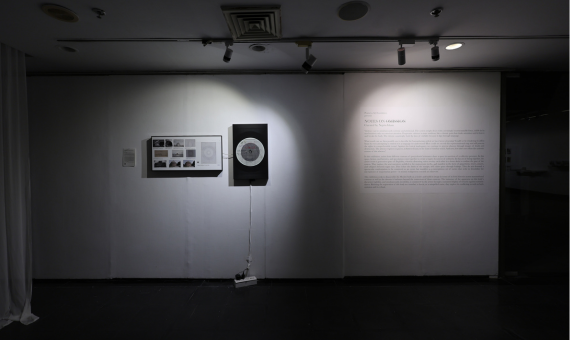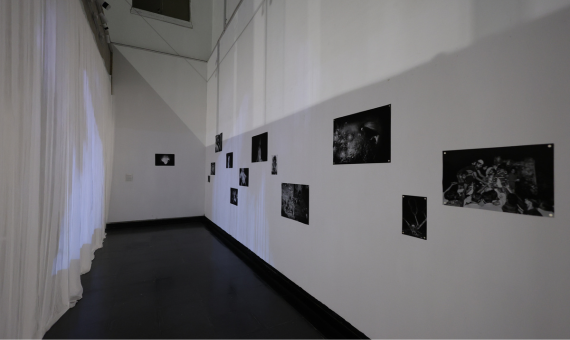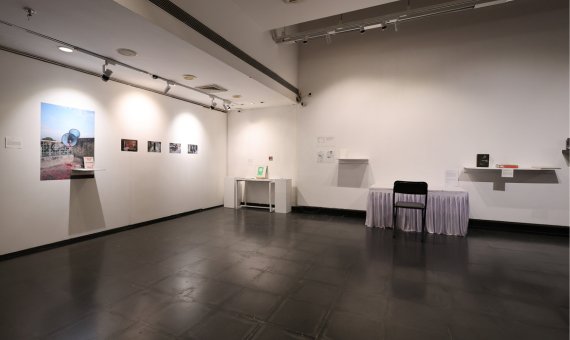About the Artists
Namoos Bukhari
Namoos Bukhari was born and partly brought up in Srinagar, Kashmir. This exploration is to incubate the participants in the audience within a sensorium of sorts. The point is to make it Intelligible to the mind, Legible to the eyes and Sensible to an infinite pattern of senses, by employing distinct peculiarities of the mediums of performance, image, speech, text and sound.
Taha Ahmad
Taha Ahmad is a documentary photographer based in Delhi. He was born in Lucknow, in 1994. He developed an interest in Documentary photography while pursuing his bachelor’s degree. He feels photography has a strong influence in creating and developing discourse for the future. His photographs are framed in a way that preserves their reality, which he feels is undergoing an everlasting change.
Suvani Suri
Suvani Suri is an artist and researcher based in New Delhi. She works with sound, text, and intermedia assemblages and has been exploring various modes of transmission such as podcasts, auditory texts, sonic environments, objects, installations, fictions, experimental workshops, and live interventions.
Moonis Ahmad
Moonis Ahmad (b. 1992, Kashmir) is a visual artist whose practice transverses various media, including installation, sculpture, computer programming, sound, and video. His work conjures the afterlives of the dead and the deceased as a means to speculate the emergence of counter-worlds that challenge established states of power at the margins.
Khandakar Ohida
Khandakar Ohida is a visual artist and film practitioner working between Kolkata and New Delhi, India. Her interests span lens-based media, film installations, drawings, and paintings, influenced by her surroundings, including personal memories, marginalized voices, post-colonial imagination, collective protests, resistance, and non-linear narratives that interact with various societal layers.
Momin Swaitat
Mo’min Swaitat is a London-based Palestinian Bedouin actor, filmmaker, music producer, DJ and archivist from Jenin. He trained at the Freedom Theatre, Jenin and arthaus (formerly LISPA), London and Berlin, before moving to London.
Nida Mehboob
Nida Mehboob is a photographer & filmmaker based in Lahore, Pakistan. She graduated as a pharmacist but left the field and started photography. Since then she has been doing documentary projects including few short films. She has received her diploma in photography from Pathshala Southasian Media Institute in 2019. She is currently finishing her master studies in documentary fillmmaking at Aalto University, Helsinki.
Nithin Shams
Nithin Shams’ artistic practice is centered around opening sonic portals to facilitate listeners to enter an open, empathetic, and attentive state of mind. Guided by intuitive processes and practices of deep listening, Nithin composes and curates listening spaces aimed at blurring the boundaries between the self and the other, opening up a space for reflection as well as slowness.
Imaad Majeed
Multidisciplinary artist, curator and writer based in Colombo, Sri Lanka.
Kaghazi Parihan Library
Kaghazi Pairahan is a travelling library of photobooks, dummies, artist books, zines, posters, digital publications, and pamphlets, which weave stories and histories of resistance in South Asia. This exhibition celebrates the symbolic 'Clothes Made of Paper', a metaphor derived from an ancient Persian tradition symbolising a quest for justice. It serves as an archive, capturing personal and political resistance across history and contemporary narratives, and promoting alternative, progressive viewpoints through artistic protests.

